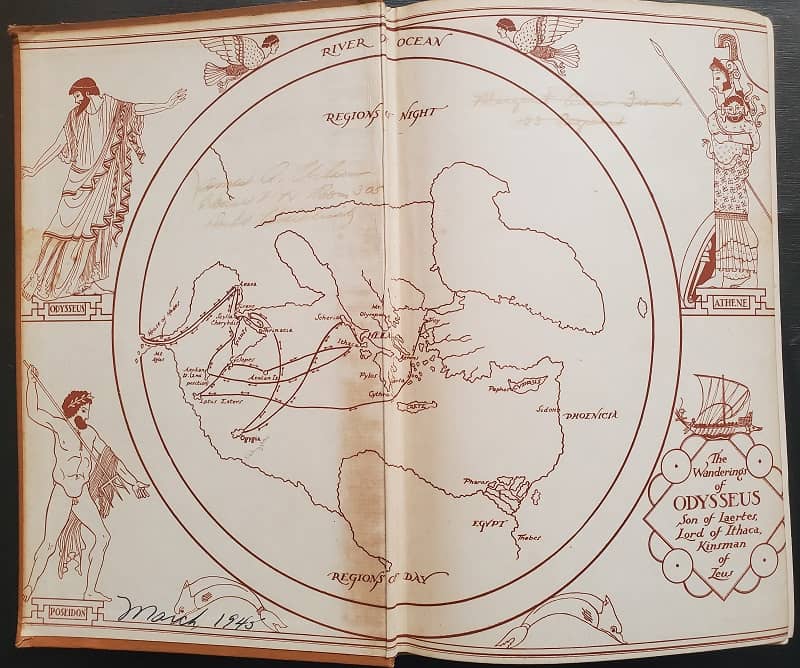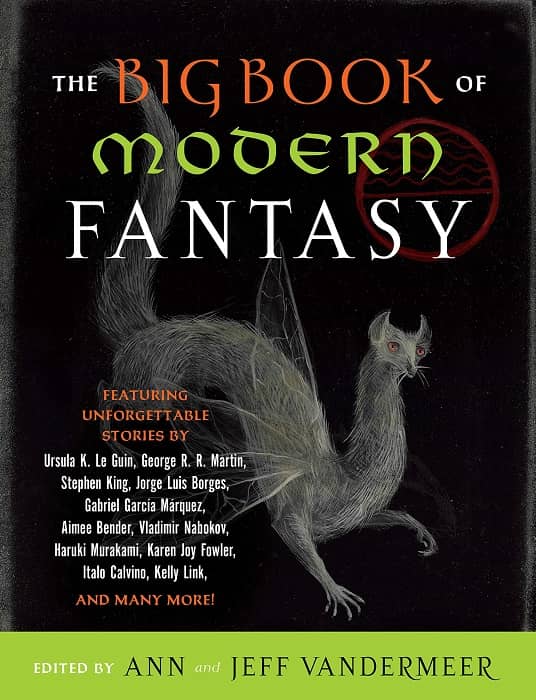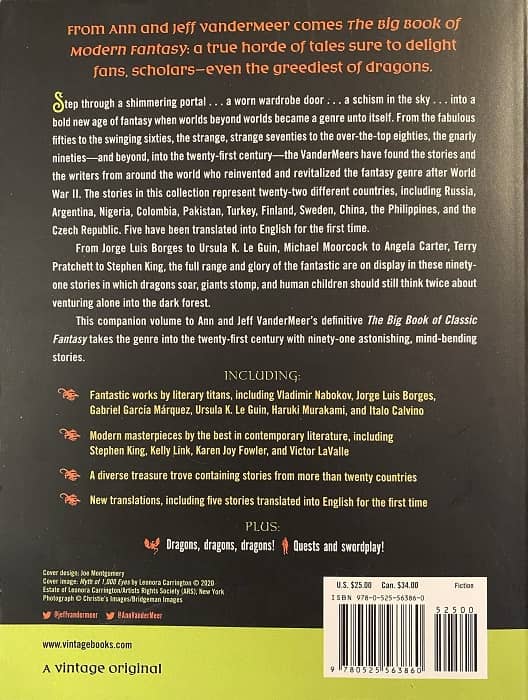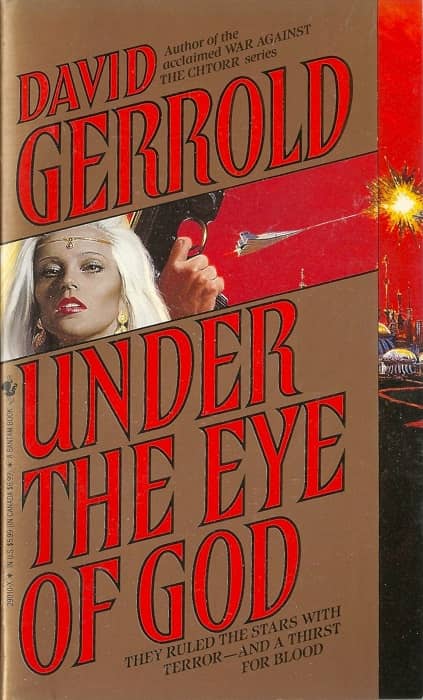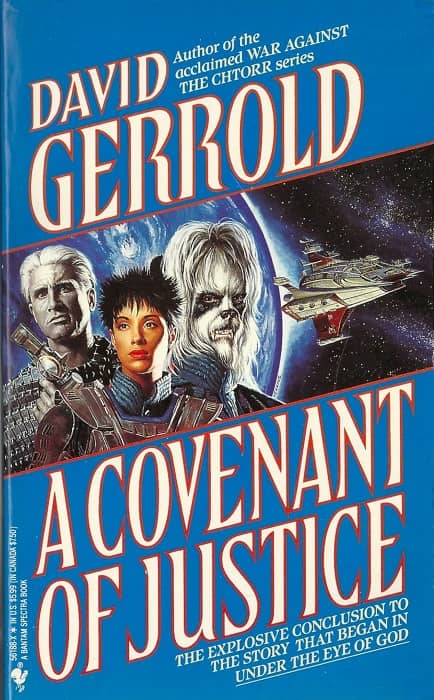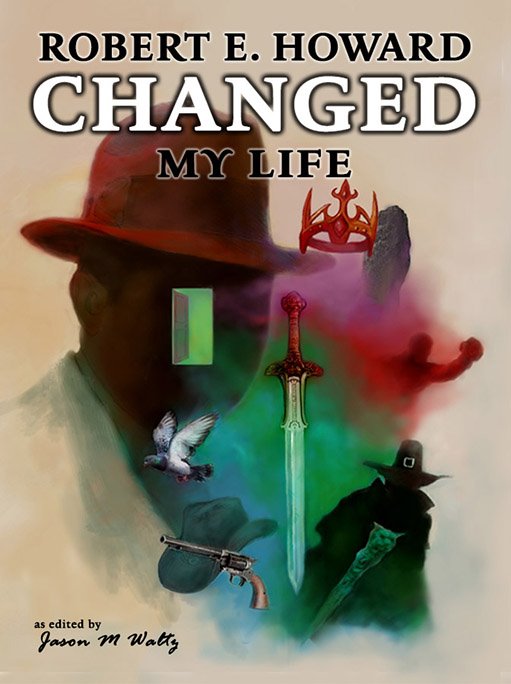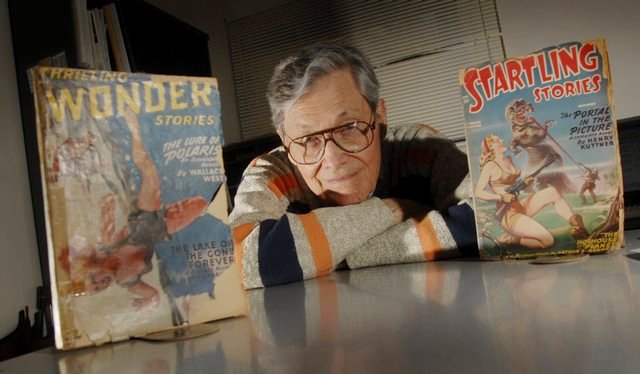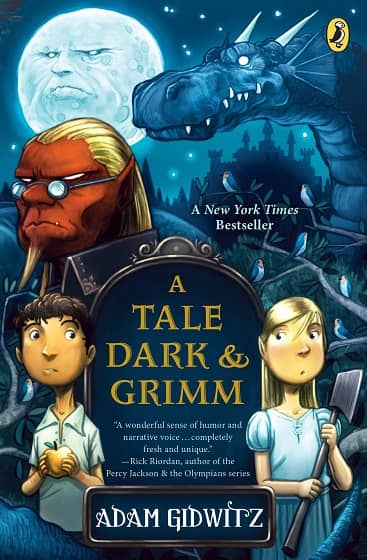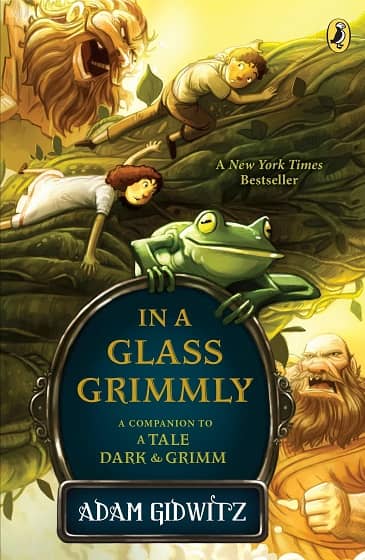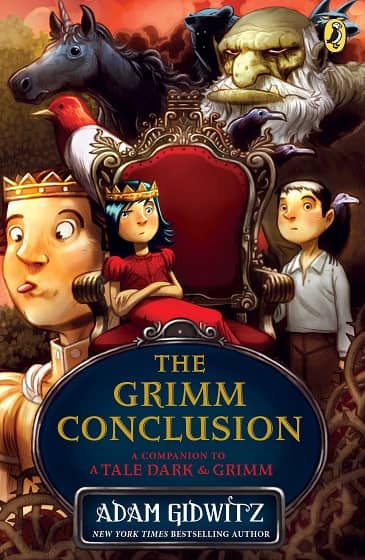A Writer’s Year – 2020

And so 2020 comes, mercifully, to an end. We all dealt with issues that impacted our lives – beyond just ‘The Pandemic.’ In January, my wife and I separated. I also left my job of twelve years. December brought a dissolution to start the month, and a hard drive failure to finish it (and no, even though I’ve had two of them fail before, I still didn’t adequately back things up – I’m working on fixing that). For much of 2020, the Pandemic was actually my fourth-biggest daily concern. What a year!
But as you read this, 52 Monday mornings have come and gone, and my byline was there every week. With literally every single part of my life turned upside down, I didn’t miss a deadline. I managed to run A (Black) Gat in the Hand for the third straight year. With some help from various talented friends, we’re up to 68 installments. (Black) Gat is something of an adopted child here at the World Fantasy Award-winning Black Gate, but I think it’s a great addition to the world of hardboiled commentary. I can pretty much guarantee it will be back in 2021.
Discovering Robert E. Howard, and Hither Came Conan, were outstanding series’ in which I gathered a bunch of friends, old and new, to share their expertise and comments, on Robert E. Howard topics. In late 2019, I had started recruiting folks for a similar series featuring the novels of my all-time favorite writer: John D. MacDonald (REH is number two).
But then my home and work life exploded like a nuclear bomb (January really was an apocalyptic month), and that project fell by the wayside. Like those movie projects which are set to go, then hit a major road bump and simply never recover (like DiCaprio’s Travis McGee project), I don’t know if I’ll get that back on track. But I’d still like to. I think that John MacD is one of the greatest writers of the 20th Century – in any genre.
And after that series was queued up and ready to go, the plan was for another group-REH series. Hither Came Conan was going to be succeeded by Flintlocks & Rapiers: Solomon Kane. Another gathering of knowledgeable REH folks were going to each be assigned a Kane story, and ruminate on what was good (and maybe a little not-so-good). But, as mentioned above, 2020 didn’t follow the script.
With my personal 2021 looking a lot less seismic, I’m weighing that project for Black Gate. The Kane Canon is chock full of interesting elements. It’s sword and sorcery. And it’s fantastic; if not exactly ‘fantasy.’ It’s REH doing it his way. I think I might be able to get this one at least underway in 2021. I want to highlight Kane (I’m a bigger Kane, than Kull, fan).
